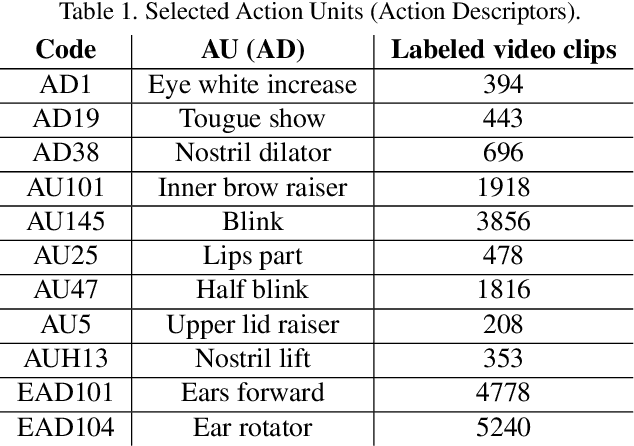Zhenghong Li
Sparse Reconstruction of Optical Doppler Tomography Based on State Space Model
Apr 26, 2024Abstract:Optical Doppler Tomography (ODT) is a blood flow imaging technique popularly used in bioengineering applications. The fundamental unit of ODT is the 1D frequency response along the A-line (depth), named raw A-scan. A 2D ODT image (B-scan) is obtained by first sensing raw A-scans along the B-line (width), and then constructing the B-scan from these raw A-scans via magnitude-phase analysis and post-processing. To obtain a high-resolution B-scan with a precise flow map, densely sampled A-scans are required in current methods, causing both computational and storage burdens. To address this issue, in this paper we propose a novel sparse reconstruction framework with four main sequential steps: 1) early magnitude-phase fusion that encourages rich interaction of the complementary information in magnitude and phase, 2) State Space Model (SSM)-based representation learning, inspired by recent successes in Mamba and VMamba, to naturally capture both the intra-A-scan sequential information and between-A-scan interactions, 3) an Inception-based Feedforward Network module (IncFFN) to further boost the SSM-module, and 4) a B-line Pixel Shuffle (BPS) layer to effectively reconstruct the final results. In the experiments on real-world animal data, our method shows clear effectiveness in reconstruction accuracy. As the first application of SSM for image reconstruction tasks, we expect our work to inspire related explorations in not only efficient ODT imaging techniques but also generic image enhancement.
CCTV-Gun: Benchmarking Handgun Detection in CCTV Images
Apr 02, 2023



Abstract:Gun violence is a critical security problem, and it is imperative for the computer vision community to develop effective gun detection algorithms for real-world scenarios, particularly in Closed Circuit Television (CCTV) surveillance data. Despite significant progress in visual object detection, detecting guns in real-world CCTV images remains a challenging and under-explored task. Firearms, especially handguns, are typically very small in size, non-salient in appearance, and often severely occluded or indistinguishable from other small objects. Additionally, the lack of principled benchmarks and difficulty collecting relevant datasets further hinder algorithmic development. In this paper, we present a meticulously crafted and annotated benchmark, called \textbf{CCTV-Gun}, which addresses the challenges of detecting handguns in real-world CCTV images. Our contribution is three-fold. Firstly, we carefully select and analyze real-world CCTV images from three datasets, manually annotate handguns and their holders, and assign each image with relevant challenge factors such as blur and occlusion. Secondly, we propose a new cross-dataset evaluation protocol in addition to the standard intra-dataset protocol, which is vital for gun detection in practical settings. Finally, we comprehensively evaluate both classical and state-of-the-art object detection algorithms, providing an in-depth analysis of their generalizing abilities. The benchmark will facilitate further research and development on this topic and ultimately enhance security. Code, annotations, and trained models are available at https://github.com/srikarym/CCTV-Gun.
Topic-to-Essay Generation with Comprehensive Knowledge Enhancement
Jun 29, 2021



Abstract:Generating high-quality and diverse essays with a set of topics is a challenging task in natural language generation. Since several given topics only provide limited source information, utilizing various topic-related knowledge is essential for improving essay generation performance. However, previous works cannot sufficiently use that knowledge to facilitate the generation procedure. This paper aims to improve essay generation by extracting information from both internal and external knowledge. Thus, a topic-to-essay generation model with comprehensive knowledge enhancement, named TEGKE, is proposed. For internal knowledge enhancement, both topics and related essays are fed to a teacher network as source information. Then, informative features would be obtained from the teacher network and transferred to a student network which only takes topics as input but provides comparable information compared with the teacher network. For external knowledge enhancement, a topic knowledge graph encoder is proposed. Unlike the previous works only using the nearest neighbors of topics in the commonsense base, our topic knowledge graph encoder could exploit more structural and semantic information of the commonsense knowledge graph to facilitate essay generation. Moreover, the adversarial training based on the Wasserstein distance is proposed to improve generation quality. Experimental results demonstrate that TEGKE could achieve state-of-the-art performance on both automatic and human evaluation.
Automated Detection of Equine Facial Action Units
Feb 17, 2021



Abstract:The recently developed Equine Facial Action Coding System (EquiFACS) provides a precise and exhaustive, but laborious, manual labelling method of facial action units of the horse. To automate parts of this process, we propose a Deep Learning-based method to detect EquiFACS units automatically from images. We use a cascade framework; we firstly train several object detectors to detect the predefined Region-of-Interest (ROI), and secondly apply binary classifiers for each action unit in related regions. We experiment with both regular CNNs and a more tailored model transferred from human facial action unit recognition. Promising initial results are presented for nine action units in the eye and lower face regions.
 Add to Chrome
Add to Chrome Add to Firefox
Add to Firefox Add to Edge
Add to Edge